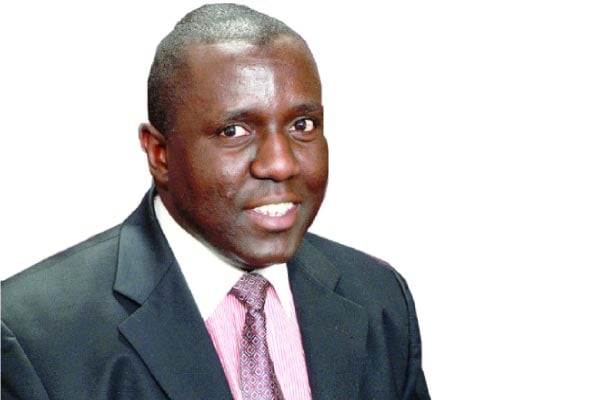Embrace use of cooking gas to save forests, Minister Nankabirwa tells Ugandans

The Minister of energy and mineral development, Ms Ruth Nankabirwa
What you need to know:
- The strategy comes in to the energy sector to address gender and equality gaps that have been existing and exist in the energy, minerals and petroleum programmes regarding access to, utilisation and benefiting from energy and mineral resources, products and opportunities. It is aligned to the National Energy Policy (2020), National Oil and Gas Policy (2008) and the Mineral and Mining Policy (2018), all of which prioritise gender mainstreaming in sector activities.
The Minister of energy and mineral development, Ms Ruth Nankabirwa has urged Ugandans to embrace the use of cooking gas as an alternative to wood fuel to save the fast diminishing forests.
Nankabirwa’s plea comes at a time when 80 percent of households in Uganda depend on biomass energy for cooking (done by women) with associated time consuming and negative health impact.
“The ministry is continuing to push for deliberate interventions to make modern fuel prices more affordable to discourage charcoal usage. Such deliberate interventions are expected to significantly lead to reduced time spent for collecting firewood, thereby creating more time for women for productivity and other entrepreneurial activities,” Nankabirwa said while launching the first ever gender strategy for the energy, mineral and petroleum development programmes 2022/2023 to 2026/2027.
“We believe that our efforts to transform women and achieve meaningful gender equality in Uganda will succeed when we strengthen our partnerships with development partners at bilateral and multilateral levels. I call upon all development partners of the ministry to ensure that this gender strategic plan is adopted and implemented so that it benefits our communities and contributes to economic development of the country,” Ms Nankabirwa added.
The strategy comes in to the energy sector to address gender and equality gaps that have been existing and exist in the energy, minerals and petroleum programmes regarding access to, utilisation and benefiting from energy and mineral resources, products and opportunities. It is aligned to the National Energy Policy (2020), National Oil and Gas Policy (2008) and the Mineral and Mining Policy (2018), all of which prioritise gender mainstreaming in sector activities.

The Minister of energy and mineral development, Ms Ruth Nankabirwa
To leverage on the mutual interest and commitment, the ministry of energy and mineral development combined efforts with GIZ in the development of a gender strategy and action plan to strengthen efforts towards gender responsive planning in the energy sector. The promotion of renewable energy and energy efficiency programme further reached out to the GIZ programme and the Civil Society in Uganda Support Programme (CUSP) to strengthen and ensure civil society and sub- national government’s participation. CUSP very ably spearheaded the involvement of CSOs from around the country in the different consultations.
“The support the government gave and the platforms they provided ensured that we got very useful, region-specific input from all over the country. Besides that, we also had good participation from other ministries, districts local governments, different government agencies, academia, and private sector players, making the process highly inclusive. This makes me confident that the strategy will be well accepted and usable by all stakeholders in the country,” said David Otieno, the GIZ Cluster Coordinator under the Energy and Climate Cluster.
Some of the objectives of the five year strategy include mainstreaming gender in policies, strategic plans and other operations manuals of the departments, agencies and licensed entities, promote meaningful participation of men, women, youth, persons with disabilities and the elderly, strengthening the information management system and promote gender sensitive reporting and enhance capacity and promote gender sensitive programming, among others.




